Turkey’s Most Interesting Destinations
From the most expected touristic destinations worthy of their fame, to some places we guarantee you’ve never heard of, this is our list of Turkey’s most interesting destinations. Whether it’s nature, architecture, history, food or culture, each one of these hand-picked places offers its own unique atmosphere and enough to make any holiday unforgettable.
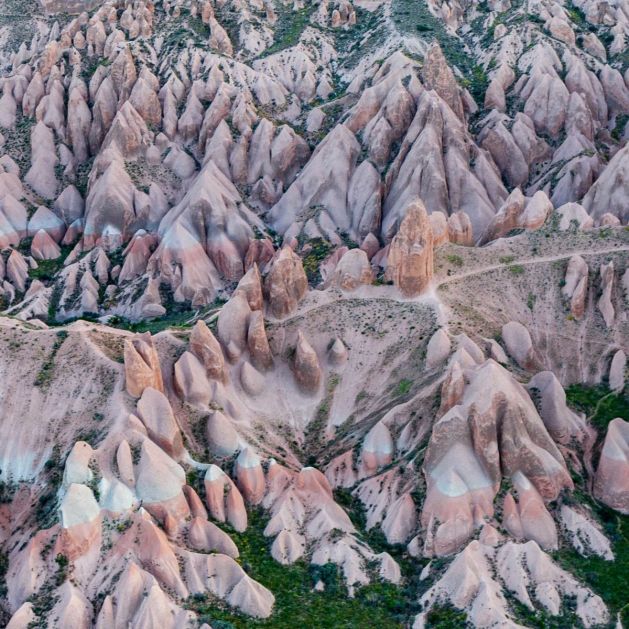
Cappadocia
Cappadocia is one of Turkey’s most visited areas, and for good reason. The landscape is incredible. Made up of wind and water-worn rock spires and mushroom-like formations, Cappadocia’s natural beauty is unmatched. The soft rock comprising these formations is also easily carved, and historic residents of the region took advantage of this by building their homes, churches, vineyards, and other buildings by hollowing out towers of rock. Many of these historic structures remain; the colorful frescoes of ancient churches and underground settlements especially popular among tourists. Activities more diverse than almost anywhere in Turkey are also offered in Cappadocia. You’ll find everything from mountain biking and horseback riding to hot air balloon rides and pottery-making.
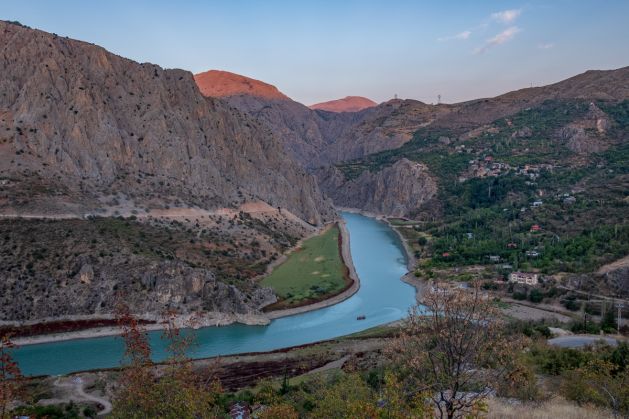
Kemaliye
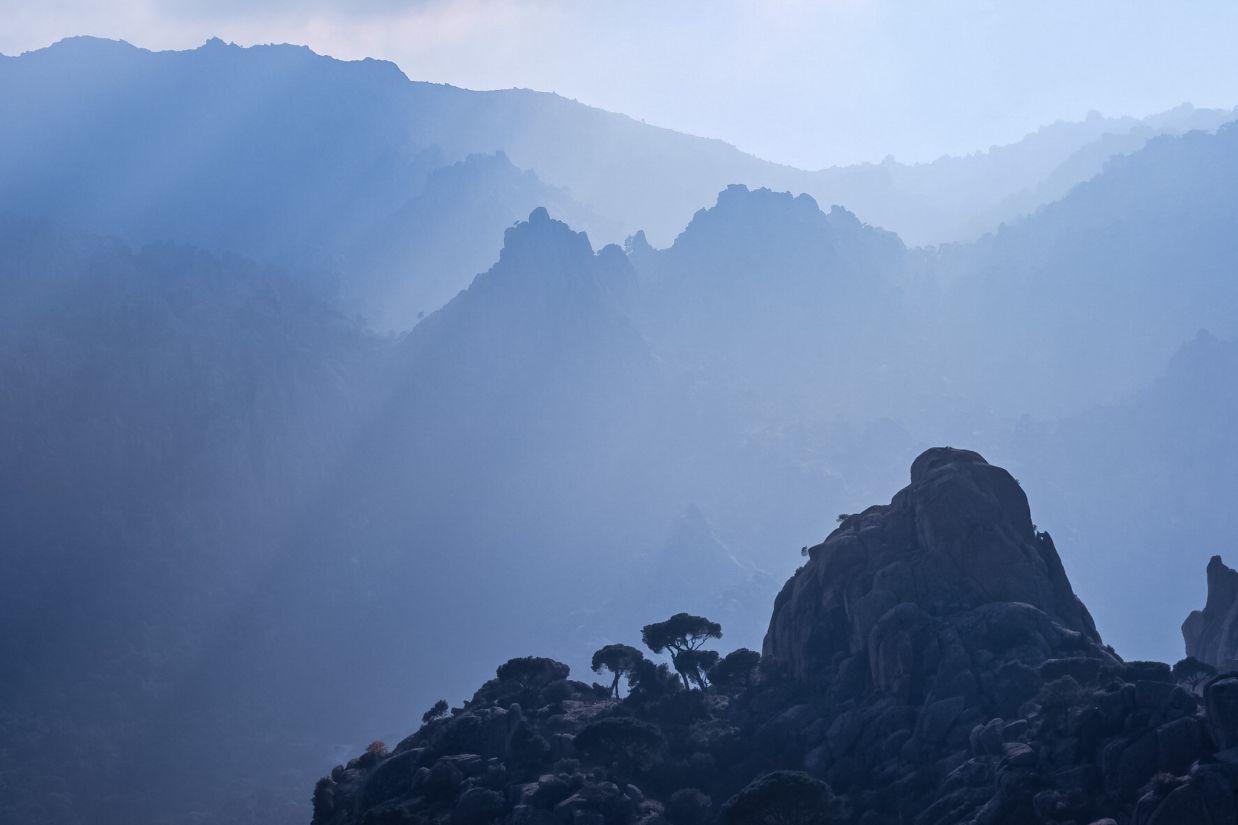
Latmos Mountains
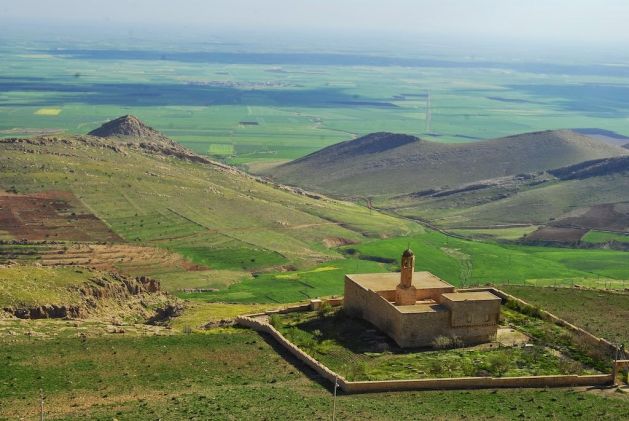
Mardin
The city of Mardin sits perched on a hillside overlooking a vast stretch of flat plains cut by the mighty Tigris River, the plains home to the once great Mesopotamia. The old town itself consists entirely of beautiful stone architecture, its rows and rows of narrow streets still passable only on foot. Even the city’s garbage is collected by one of the government-employed donkeys that prance through the streets. In addition to traditional architecture, a variety of crafts that have disappeared from much of the world are still alive and well in Mardin. On a stroll through the local market, you’re liable to see coppersmiths and tinsmiths alongside makers of leather saddles and other goods. Mardin is one of the cultural centers of Syriac Christians and was the head of the Syriac Church for over a millennium. The local population is now a diverse mix of Kurds, Arabs, and Syriacs, but the Syriac culture adds an especially unique flavor to the local cuisine in particular. Implementing a long list of exotic spices usually absent from other regional Turkish dishes, the best part of Syriac cuisine is the excellent wine that goes with it. Mardin is also famous for its churches and monasteries, dark and almost eerie examples of historic, orthodox Christianity.
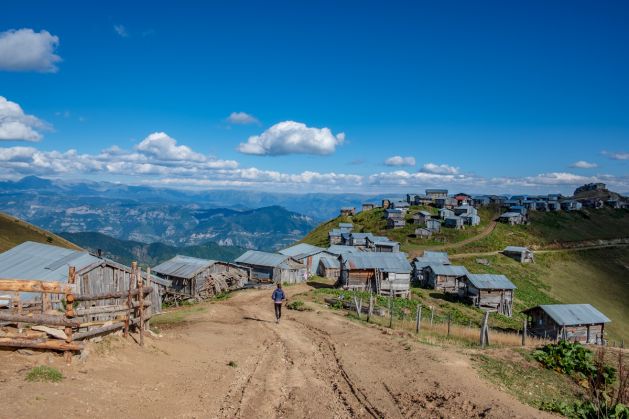
Black Sea Highlands
In contrast to the burning heat of the Mediterranean summer and the barren, arid stretches of the Central Anatolian plains, a trip to the Black Sea region is like stepping into a whole new country. This area receives more precipitation than anywhere else in the country and is often cloaked in a thick fog of moisture rising up off of the Black Sea. The weather here may be cold and wet, but it has left the region covered in thick and almost impenetrable forest. That is however, until you get above the tree line. These alpine meadows are impassable in winter due to a thick layer of snow, but in summer transform into bright green pastures filled with wildflowers, perched pristinely under the shadow of still snowy peaks. Most residents of the Black Sea region take advantage of the summer months by herding their animals up to these highland pastures, staying in smaller highland settlements until autumn forces them
back down. These highland settlements are known as ‘yayla’, and with their incredible mountain views,authentic houses, and fairytale location usually high above the clouds are a part of Turkish culture thatshouldn’t be missed. The best preserved settlements are found in the region of Artvin between Savsat and Macahel (Camili) and the region surrounding Mt. Kackar, as much traditional architecture has yet to be replaced.
Cappadocia
Latmos Mountains
Kemaliye
Mardin
Black Sea Highlands
Datca Peninsula
Gobeklitepe
İstanbul
Mt. Nemrut
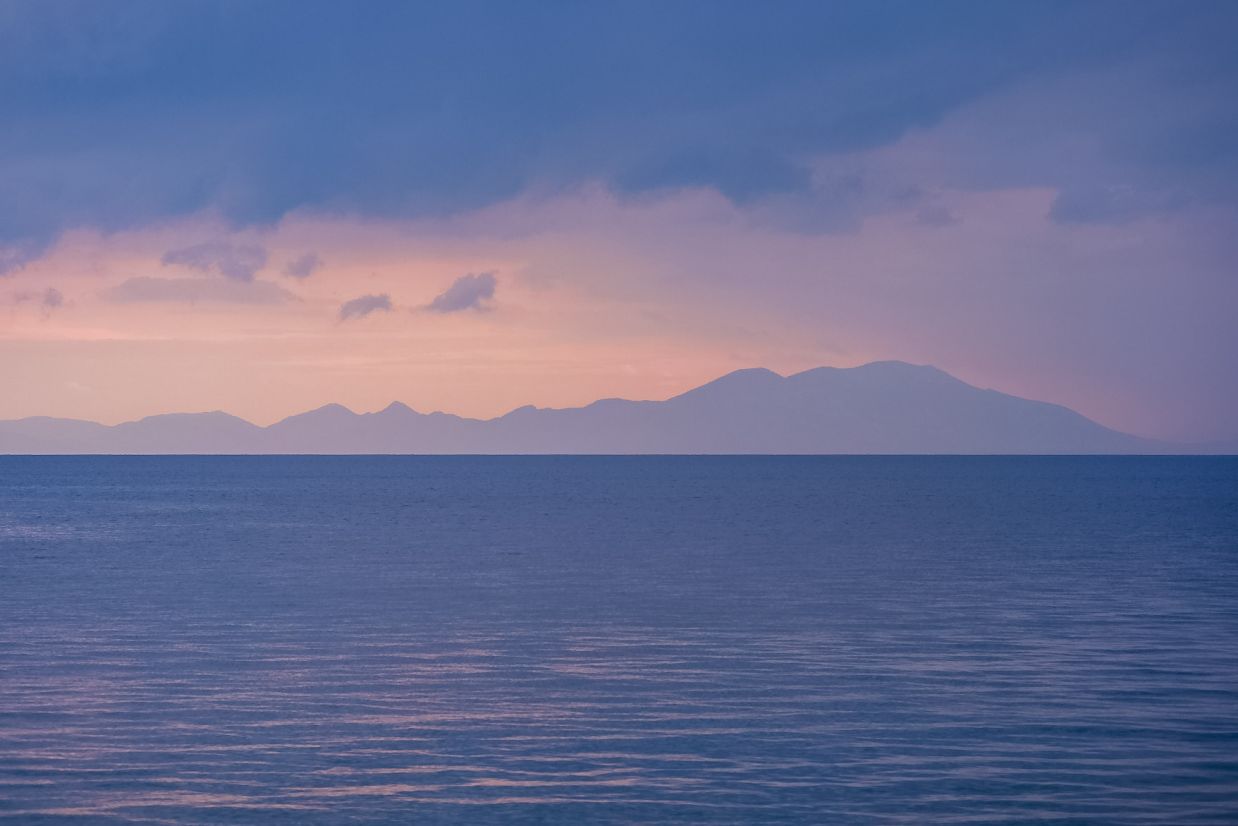
Datca Peninsula
Many visitors to Turkey come to the country not for the culture or history, but for the beaches. But the Datca Peninsula offers tourists the chance to experience all three. Located far out in the southern Aegean Sea, the Datca Peninsula is connected to the mainland by just a thin strip of land and has functioned as a veritable island for most of its history. This inaccessibility has preserved much of the traditional Aegean culture found here. With its diet heavy in fish, greens, and olive oil, traditional white washed houses, ancient ruins, and seemingly endless winding coastline, visitors are likely to liken the peninsula more to Greece or Crete than to Turkey. However, Datca is even less developed than its Aegean neighbors. Of its over 50 beaches, more than half are only accessible by boat or on foot, and the roads running to most of the others are unpaved or too rough for ordinary cars to traverse. This leaves most of the peninsula’s beautiful beaches almost entirely untouched, something nearly impossible to find anywhere in the Mediterranean. Datca is the perfect place for sea-kayakers, hikers, campers, or just adventurous lovers of sand and sea to enjoy one of the last remaining stretches of Turkey’s coastal wilderness and Aegean culture.

Gobeklitepe
Gobeklitepe, located in southeastern Turkey in the province of Urfa, is the world’s oldest known temple. Dating back to 10000-8000 BCE, the structures at Gobeklitepe predate not only pottery, metallurgy, writing, and the wheel, but also the Neolithic Revolution during which agriculture and animal husbandry were invented. The site of Gobeklitepe is thought to have been built and used by hunter gatherers, supposedly a pilgrimage site attracting worshipers from a radius of up to 150 kilometers. The site’s proximity to Karaca Dag, the origin of the first grains cultivated during the agricultural revolution, may suggest that Gobeklitepe might have some ties to this Neolithic change in lifestyle. Yet it’s up for debate whether religion begets agriculture, or agriculture religion. Nevertheless, Gobeklitepe is one the most fundamental ancient sites in the development of our modern culture and not to be missed on your visit to Turkey. The structures here are circular compounds, their most notable feature the T-shaped stone blocks, thought to represent man or possibly deities, engraved with depictions of lions, bulls, boars, foxes, gazelles, vultures, etc. At this time, only four of a probable total of 16 ofthese circular compounds have been unearthed.
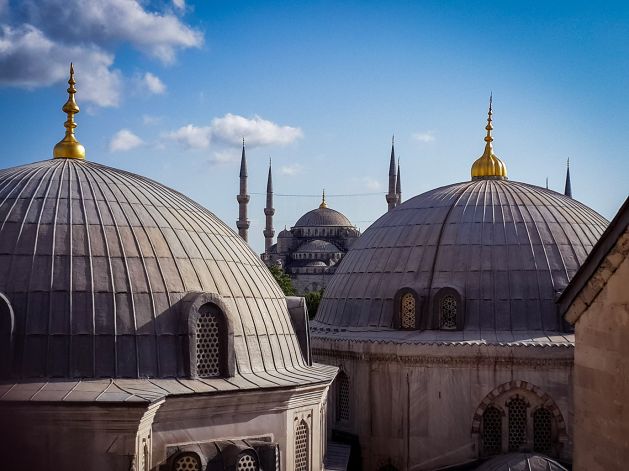
İstanbul
The city that spans continents, Istanbul is a famous metropolis full of history and culture and one of the world’s most visited tourist destinations. No trip to Turkey is complete without exploring this iconic megacity. Formerly known as Byzantium, then Constantinople, Istanbul has been an important hub of trade and culture throughout its long history. The city epitomizes the contrast between east and west, offering stunning examples of both modern European culture and the eastern influence of Islam. This contrast between Europe and Asia, Byzantine and Ottoman, Christianity and Islam, is most obvious in the city’s many decadently decorated churches and mosques, the Hagia Sophia and the Blue Mosque among the most popular. Local culture also reflects Istanbul’s unique disparity with fine-dining restaurants and trendy nightclubs sitting just streets away from the shops of traditional craftsmen, private waterside villas located in proximity to almost soviet style apartment blocks with the Bosporus Strait cutting through all the chaos. Once the only passage from the Black Sea to Mediterranean trading ports on the Silk Road, the Bosporus is now lined with some of Istanbul’s most well-known parks and cultural sites, forming a tangible metaphor for the division that represents the city of Istanbul’s iconic cultural clash.
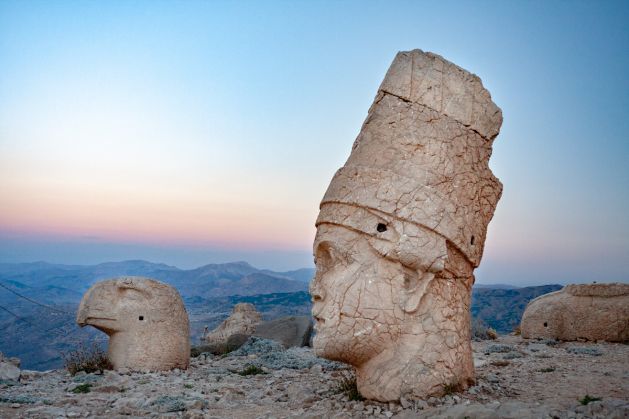
Mt. Nemrut
Mt. Nemrut is located in the province of Adiyaman, and is one of the higher peaks found in the eastern Taurus Mountains. However, this mountain isn’t renowned for its beauty or view, but for the enormous monument found on top of it. Constructed by King Antiochus I Theos of Commagene in 62 BCE, this tomb-sanctuary is surrounded by 8-9 meter-high statues depicting a variety of Greek, Armenian, and Iranian gods. At some point the heads of these statues were removed from their bodies. Heads of birds, lions, and men, all nearly the size of an average man, are now scattered around the site with their ominous bodies sitting in a row behind them. The mix of gods is unique and has caused many to believe that King Antiochus attempted to unite his diverse population under a single cult by including the local deities of the many regions under his control. Whatever the case, today, the massive stone heads make for a mystical mountaintop trip, especially in the low light of dawn or dusk
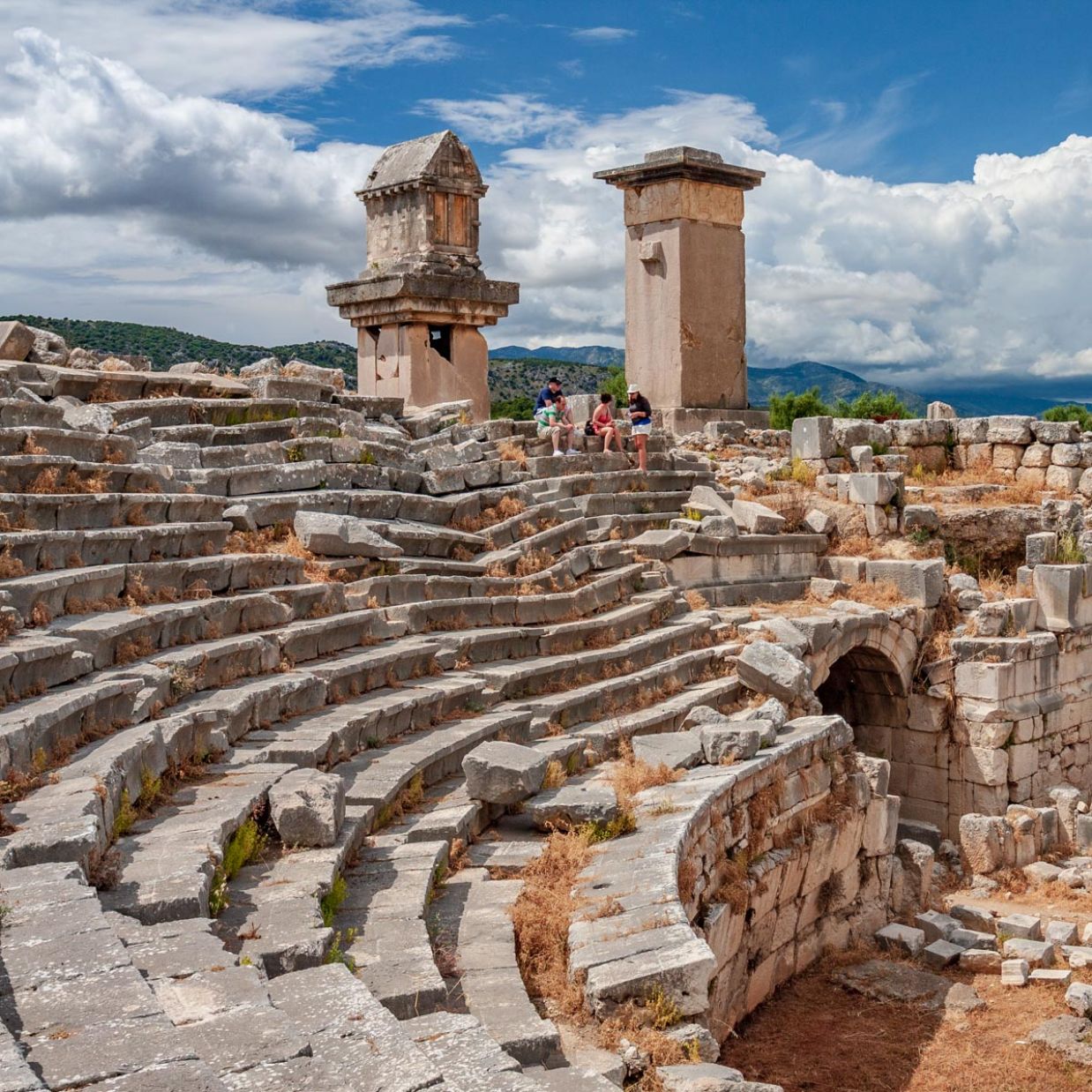
Ancient Cities of Lycia
The region once under the control of the ancient Lycian civilization now lies between modern-day Fethiye and Antalya on the Teke Peninsula. Comprised of huge, stately structures built of marble and limestone, the ancient cities found in this region are some of the most impressive in the country. They are also some of the most densely placed; with a separate ancient city located nearly every 5-10 kilometers in some areas. From beachside Patara, to mountaintop Termessos; from the museum-like feeling of Olympos to the undiscovered atmosphere of Pinara, the variety is mesmerizing. In addition to the region’s endless ancient sites, the area’s landscape itself is worthy of a visit. High, rocky peaks tower high over dense pine forest which fades out to reveal long stretches of pristine beach. Many of the region’s ancient ruins are placed on the slopes of these mountains, making for unforgettable views. The combination of ancient history, hot weather, and beaches make this region one of Turkey’s most popular destinations.
Categories
- Culture (1)
- Food (1)
- Lists (3)
- Nature (2)
- Sports (1)
- Travel Tips (4)
- Uncategorized (1)
Leave a Reply